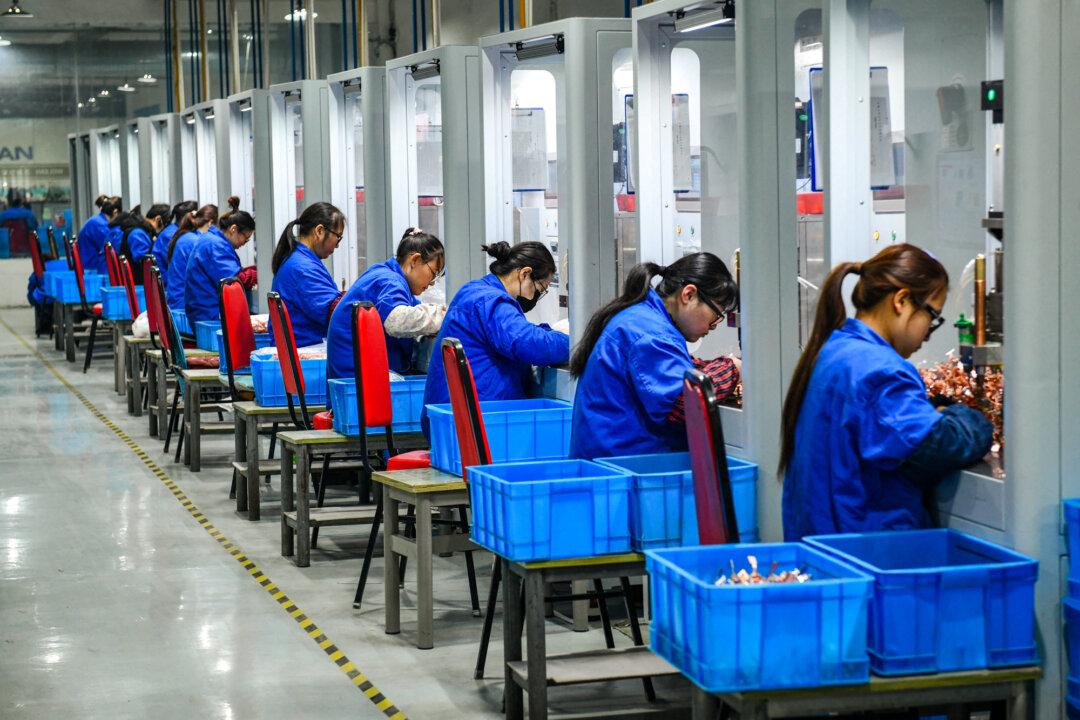Paris Air Show Highlights Biofuels
Biofuels are getting a lot of attention this week at the Paris Air Show. Airlines have shown their support of the technology and its viability with Honeywell and Boeing planes using a blend of biofuel and conventional jet fuel.

Air traffic controllers carefully coordinate flight traffic to prevent collision. Andreas Rentz/Getty Images
|Updated:





